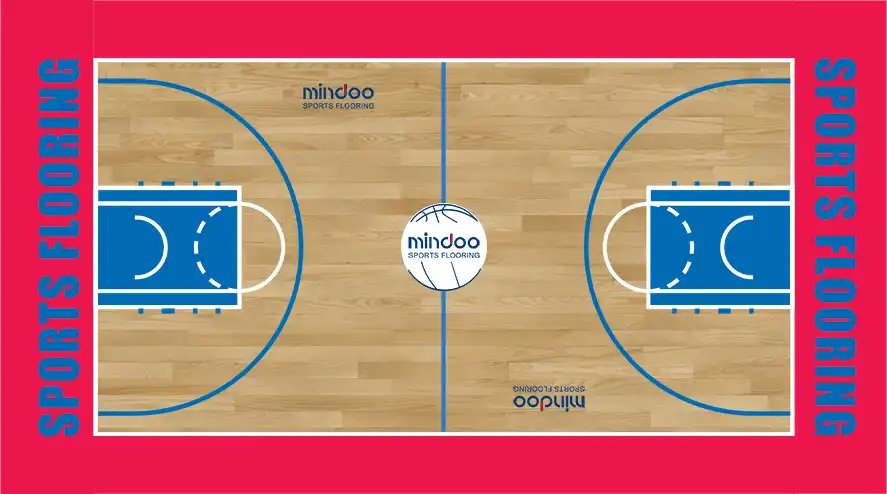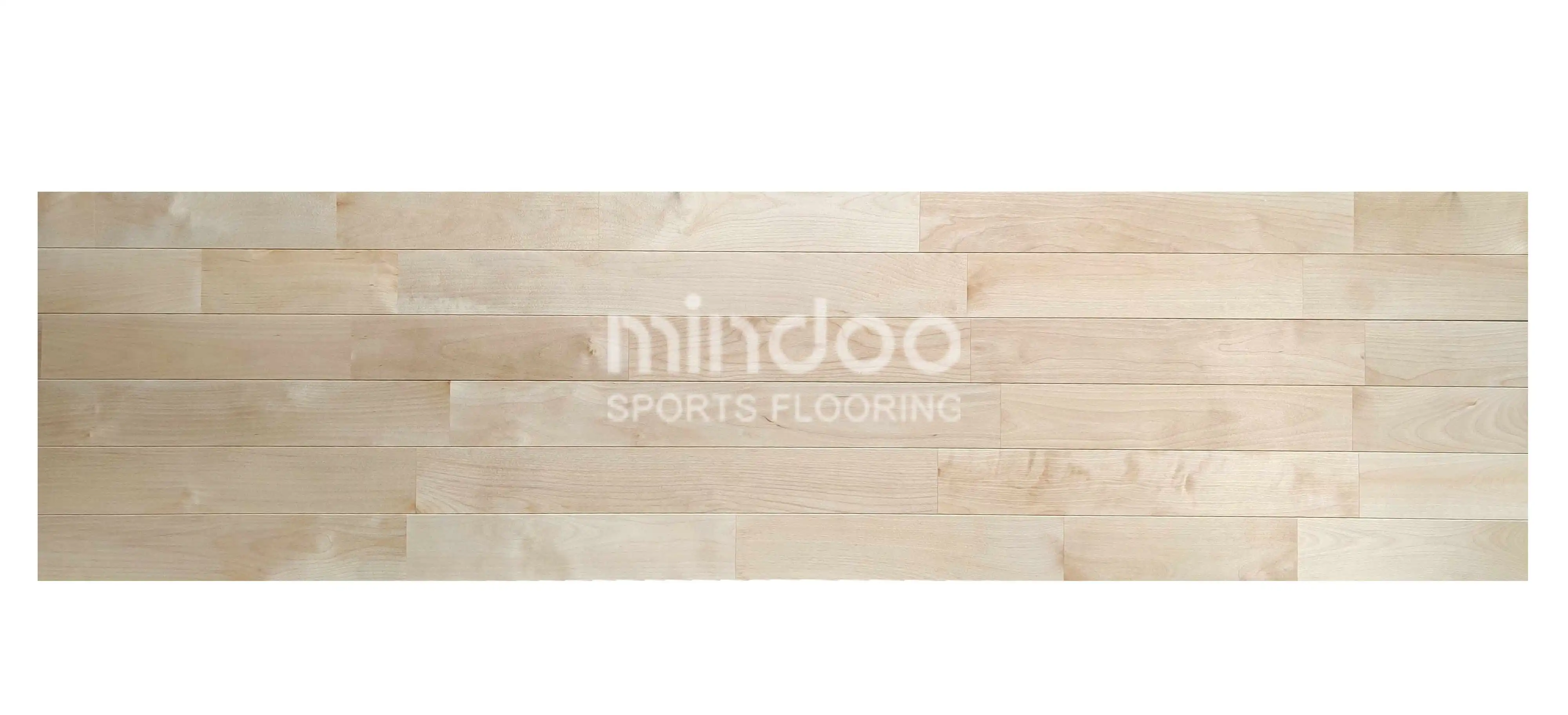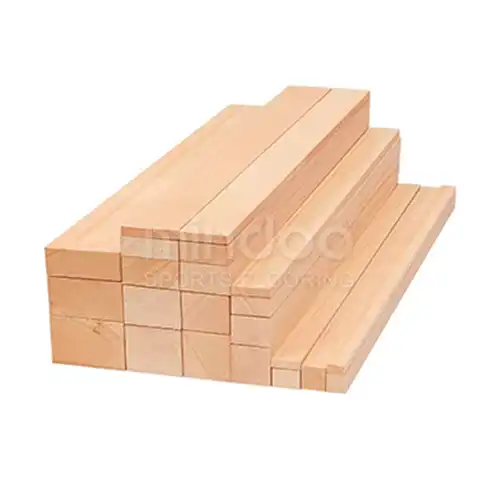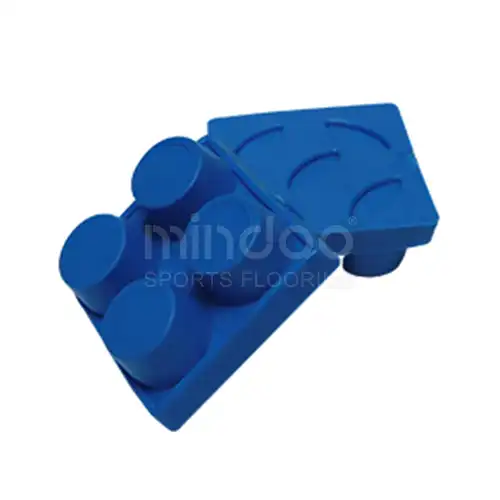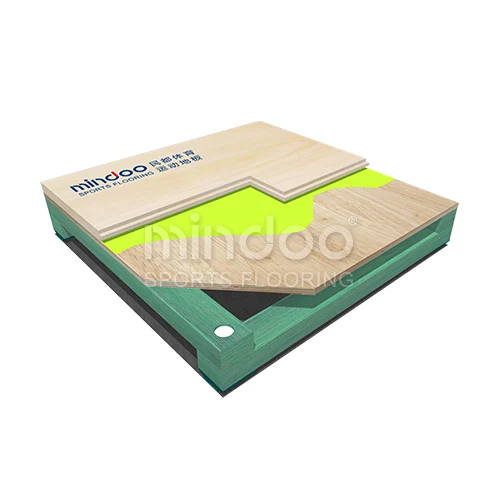Enhancing Safety in Seismic and High-Risk Fire Zones: The Role of Sports Wood Flooring in Earthquake and Fire Protection
In areas prone to frequent earthquakes and high fire risks, ensuring the safety of public spaces is paramount. Sports venues, which often serve as community hubs for large groups of people, need to adhere to the highest safety standards. In this regard, sports wood flooring, traditionally prized for its aesthetic appeal and comfort, is evolving to meet the demands of safety in seismic and fire-prone environments.
Fire-Resistant Sports Wood Flooring: A Necessity for High-Risk Areas
The fire hazard in sports venues is a serious concern, especially in regions prone to wildfires or where buildings face the risk of fire outbreaks. Sports wood flooring has traditionally been made from hardwoods like maple or oak, but recent advancements in material science have introduced fire-resistant treatments and coatings.

Modern fire-resistant wood floors are engineered with flame-retardant chemicals or impregnated with fire-resistant coatings that slow down the spread of flames. These coatings do not affect the flooring’s texture or appearance, ensuring that the aesthetic value of the sports venue remains intact. Additionally, some fire-resistant sports wood floors are designed to meet international fire safety standards, offering peace of mind to venue owners and players alike.
Moreover, when selecting fire-resistant sports wood flooring, it’s crucial to look for products that not only meet local fire codes but exceed them. For example, flooring that is classified under UL (Underwriters Laboratories) or Euroclass ratings provides an added layer of security, ensuring that it will not contribute to the spread of fire in case of an emergency.
Seismic Safety: How Sports Wood Flooring Can Help Mitigate Earthquake Risks
Earthquakes pose an inherent threat to building stability and occupant safety. In seismic zones, it’s essential to use materials that are both flexible and resilient, capable of absorbing shock and preventing catastrophic failure during an earthquake. Sports wood flooring, particularly engineered wood options, can play a significant role in improving the earthquake resistance of a venue.
Engineered wood flooring is designed with layers of wood veneers that are glued together in specific orientations to enhance stability. This design helps the floor adapt to seismic forces, as it is less likely to crack or splinter under stress. Furthermore, some sports wood floors are specifically designed to work in tandem with flexible subfloor systems, which provide additional shock absorption, reducing the impact of seismic movement.

The key benefit of sports wood flooring in seismic areas is that it combines durability with flexibility. The resilience of engineered wood floors makes them capable of withstanding ground motion without compromising the safety of the people inside the venue.
Combining Fire Resistance and Seismic Protection: The Future of Sports Wood Flooring
For regions where both fire and seismic risks are high, the future of sports wood flooring lies in materials that offer a dual-functionality—both fire resistance and seismic safety. Manufacturers are already working on composite flooring solutions that integrate fire-resistant treatments with flexible materials to improve the flooring's performance under seismic conditions. These hybrid products not only protect the venue from fire hazards but also reduce the potential for injury during an earthquake.
The integration of these advanced features can make a significant difference in venue safety. For example, a sports arena with a combination of fire-resistant and earthquake-resistant flooring offers enhanced protection, minimizing the damage to the building’s infrastructure and improving the safety of its occupants during an emergency.
Sports wood flooring is no longer just about aesthetics and comfort. As safety concerns in high-risk areas become more pronounced, it is crucial to choose materials that address these risks head-on. Fire-resistant treatments and engineered wood flooring designed for seismic zones represent the future of safe sports venues, offering enhanced protection from both fire and earthquakes. As technology continues to evolve, these materials will play an increasingly critical role in ensuring the safety and resilience of public spaces.
